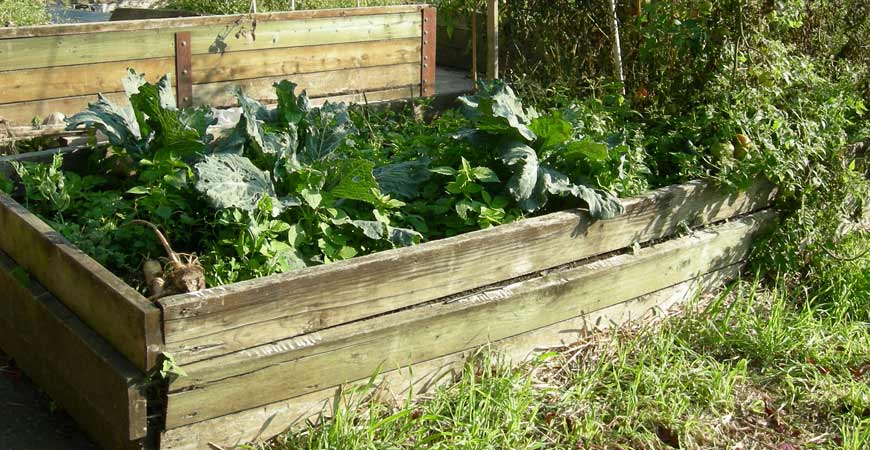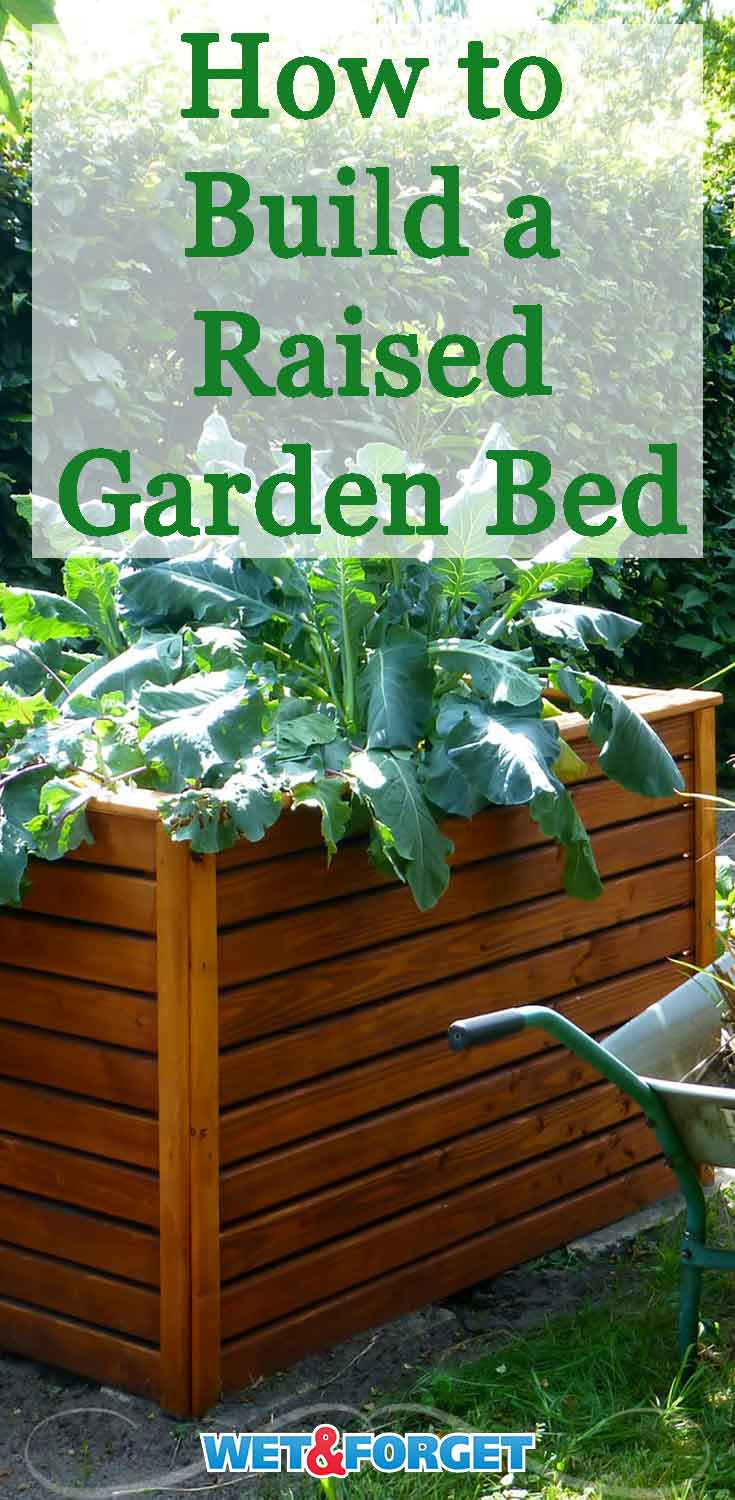
Build a Raised Garden Bed and Super-Charge Your Garden
It is still too early to plant vegetables outdoors in much of the country, but that doesn’t mean that you can’t be working on your garden. This is the perfect time to build your own raised garden bed, so your garden will be primed and ready when it comes time to plant.
Raised garden beds warm up faster than the ground does for a longer growing season. They even have better drainage, and will help you get the maximum use of your space.
Raised beds also make it easier to optimize your soil composition and require less bending when it comes time to weed–a total win for both you and your garden!
Read on for the lowdown on raised garden beds.
Why Raised Garden Beds?
- The space. Even if you have a small space for your garden, you can get a big harvest with raised beds. This is because raised beds enable you to place plants closer together than with traditional beds. You can increase your garden’s capacity even more by gently rounding the tops of the soil in your raised beds. A rounded top gives you more surface area for planting. For example, a bed that’s 5 feet wide has a 6-foot-wide planting area if the tops of the soil are round.
- The soil. Without raised beds, you start out with the soil that is already there, and add things to it. But because you can fill a raised bed with whatever planting medium you want, your plants will benefit from your own mixture of soil and compost. The soil will also be less compacted in a raised bed, allowing the roots to grow more easily. And the sides of the raised bed prevent the soil erosion that traditional garden beds can suffer. Whether you’re growing from seed or transplanting seedlings, your plants will benefit from the superior soil in your raised garden beds.
- The drainage. Many plants need good soil drainage in order to grow well. In a traditional garden bed, the composition of the soil allows for good draining after a big rain. This situation can lead to root rot. A raised garden bed has the drainage built in. This allows you to control how much water your plants get, and keep their roots from getting too bogged down.
- The convenience. Even a relatively low raised garden bed will make a noticeable difference for your back during planting and weeding time. Less bending makes tending to a raised garden bed much easier than a lower bed. And, because you can place plants closer together in a raised bed, there is less weeding to do. Also, the higher level and built-up sides of raised garden beds prevent the grass encroachment that can affect other types of garden beds, making less work for you.
- The longer growing season. The sun is able to warm a raised garden bed much more quickly than a bed that is level with the ground. This is because is much less soil to warm, and the bed has a greater surface area. This makes for a longer growing season, and opens up your garden to a bigger variety of plant choices.
Build a Raised Garden Bed
- Choose the right materials. You can make your raised bed out of many different materials. You can use lumber, logs, sandbags, concrete blocks, or even an old watering trough or claw-foot tub. Whatever material you choose, make sure that it doesn’t contain any toxic substances that may leach into the edible plants. Don’t use any container that was previously to store chemicals. Also, don’t use lumber that you treated with toxic chemicals. Avoid using railroad ties, as they were once treated with creosote. Use galvanized or stainless steel bolts or screws to construct your bed.
- Find the right spot. Place your beds in a part of the garden that won’t receive shade from buildings or trees, and use a north-south orientation to get the most of the sunlight throughout the day. Build your raised beds on the flattest area available, to avoid needing to do a lot of digging to make the spot level.
- Plan your beds. When you’re planning your beds, be aware of the space needs of the plants you will be planting. Make sure to make the beds narrow enough so that you will be able to easily reach all of the plants when it comes time to harvest the fruits of your labor. Allow enough space between beds so that it will be easy for you to move between them to water, weed and harvest. Plan to make the beds 1 to 2 feet deep, so you can get the full benefits of raised beds without needing an excessive amount of soil.
- Choose your soil. Choosing the composition of the soil is one of the biggest benefits of raised beds. Fill your beds with a mixture of peat moss and compost, or commercial planting soil. Fill each individual bed with plants that have similar soil and water needs. This way you can customize the soil mixture and watering routine for each bed. This kind of custom care will greatly increase your plants’ harvest.
- Construction time. Now that you have planned your beds, it is time to build them. Whatever materials you use, the general process is the same. You will need to clear the area of weeds and turf, level the area or use a gravel layer for even drainage, and fasten the walls securely in place. Make sure you construct the walls of the bed so that they will be able to withstand the outward pressure that the soil will exert on them, and that, if you use a container such as a claw-foot tub, you drill drainage holes. Popular Mechanics has a set of detailed, step-by-step instructions for constructing raised garden beds here.
Enjoy your harvest!
(Photo By Joe Mabel)










